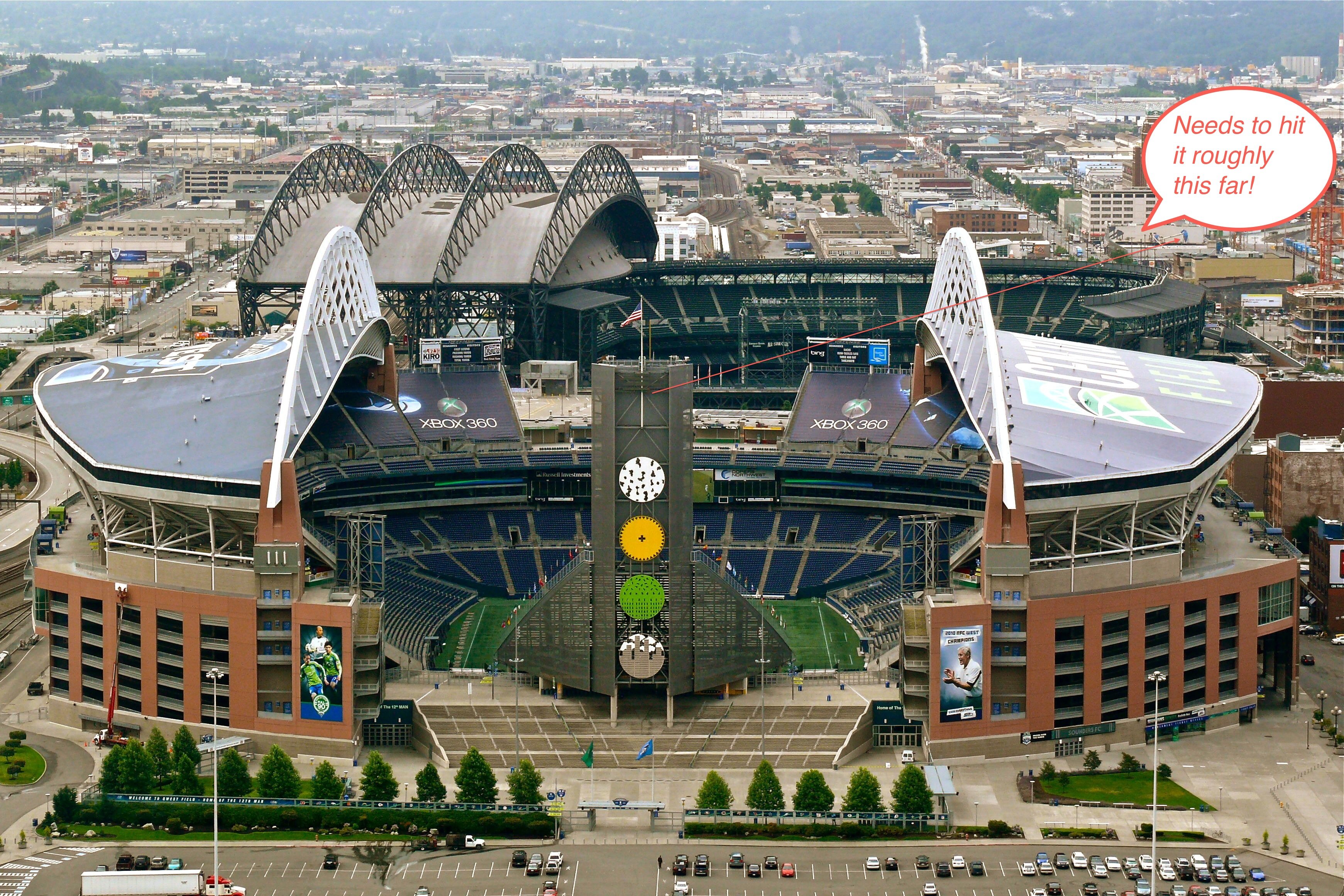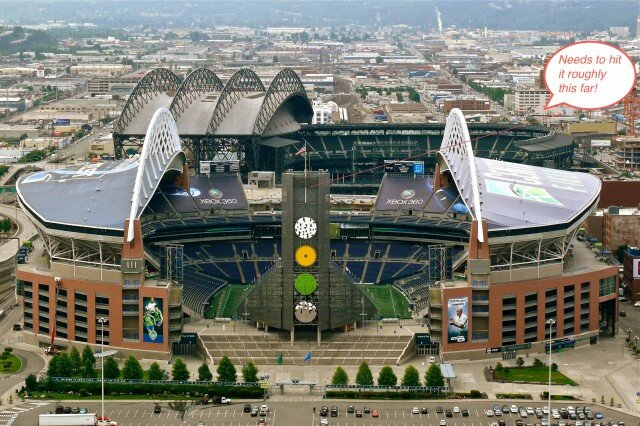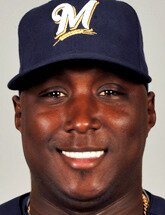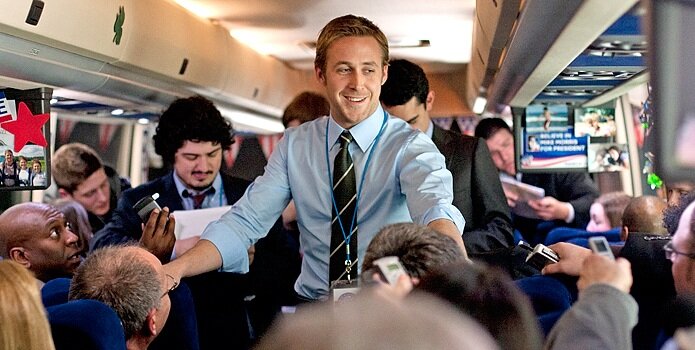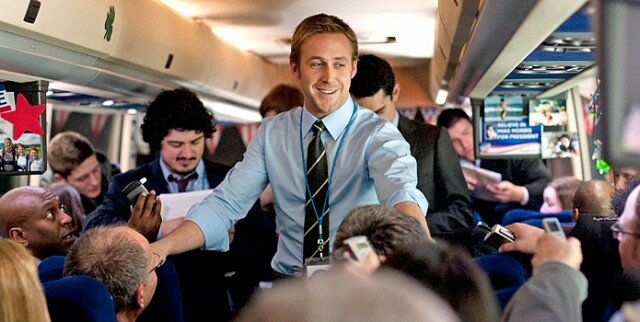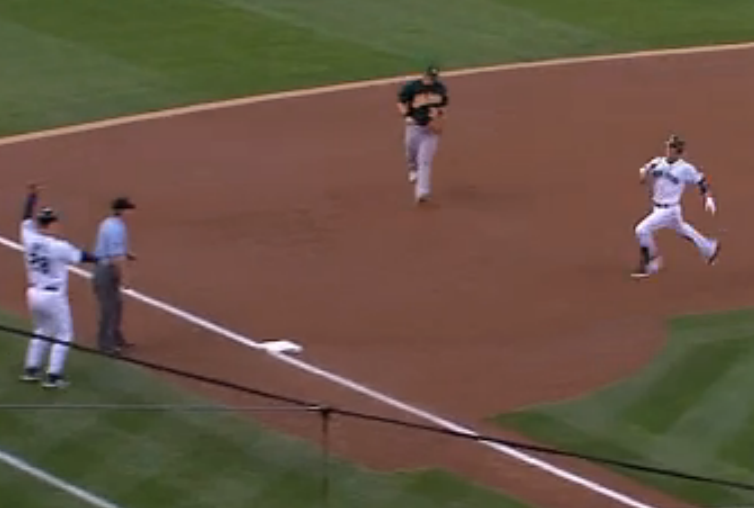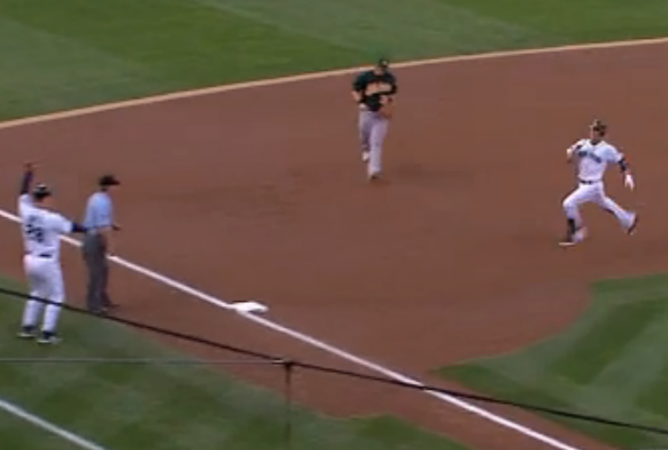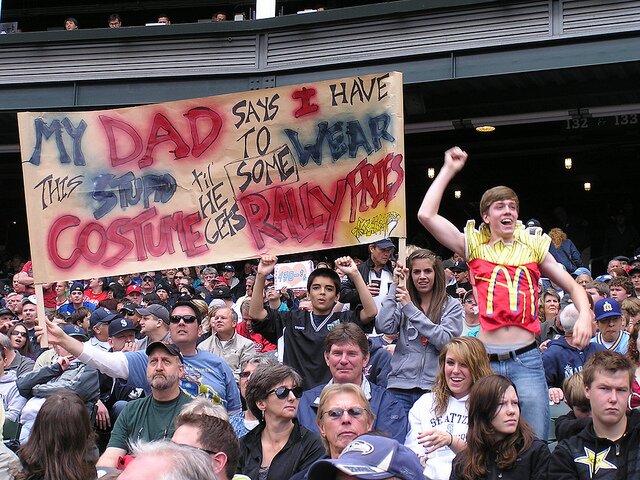A franchise with 24 losing seasons in 35 years is bound to have its share of questionable managing decisions. But Eric Wedge’s pronouncement yesterday that he is installing Chone Figgins as the team’s leadoff hitter sets a new precedent.

Chone Figgins was not just the worst hitter on the Mariners last year. He was not just the worst hitter in baseball. Last year, Chone Figgins was the worst hitter in baseball in the past twenty seasons. Not since 1992 had a hitter accumulated 300 plate appearances and posted an on base plus slugging percentage below .500, as Figgins did in 2012.
Yet, according to Wedge, Figgins will bat first in the order, where he will accumulate more plate appearances per game than any other hitter on the team. The Mariners’ leadoff hitter since 2001, future Hall-of-Famer Ichiro, has been dropped to the #3 spot in the order; another odd move, since #3 is typically reserved for a power hitter, not a singles machine like Ichiro.
Probably you are already wondering: “Does Chone Figgins own pictures of Eric Wedge walking Aurora Ave. in high heels and a crop-top?” One struggles to find a less outlandish explanation. Wedge contends that Figgins will perform better in the leadoff role, where he batted while having more successful seasons with the Los Angeles Angels. But if Wedge really believes that Figgins’ decline is due to his moving out of the leadoff spot, wouldn’t moving Ichiro be risking a similar collapse?
The root of all this evil is money. Mariners general manager Jack Zduriencik signed Figgins to a four-year, $35-million contract before the 2010 season, the first and so far only major free agent signing of Zduriencik’s tenure. The Figgins signing has been only slightly less disastrous than the signing of the Treaty of Versailles. After posting a .789 OPS in his final season in L.A., Figgins dropped to .646 in his first season with the Mariners, then collapsed to .484 last year. The Mariners, a 85-win team the year before Figgins’ arrival, have won no more than 67 games in a season with Figgins. Yet to declare the Figgins’ signing a failure now would imperil Zdurienck’s job and–since a new general manager often hires a different manager–Wedge’s as well.
There has been a great deal of discussion on the M’s blogosphere about the sunk cost fallacy–that the Mariners are throwing good money after bad in starting Figgins. Sort of. What’s really going on is a cousin of the sunk cost fallacy, the endowment effect: “People place a higher value on objects they own than objects that they do not.” Everyone else in baseball sees one of the worst hitters in the league, but the Mariners hold onto hope that, after two years of disastrous performance, Figgins might bounce back. Leaving aside the question of Figgins’ $9M salary, which the Mariners will pay no matter where he starts, Eric Wedge should be asking himself–if Chone Figgins was not on my team, and was available for free, would I acquire him and have him bat in the leadoff position? Obviously, Wedge is not asking that question.
Figgins, for his part, argues that he is ideal in the leadoff spot because he is a “battler”: “I may not get two hits in a game, but I may have two walks and two runs scored.” The truth is, in 242 games as a Mariner, Figgins has had two walks and two runs scored only four times.
The previous leader for Mariner managerial malpractice, Maury Wills, made headlines in 1981 when he ordered Kingdome groundskeepers to illegally expand the batters box. However, Wills can be excused due to his later admission that he was addicted to cocaine at the time. It’s a pretty low bar to drop below, but Wedge appears to have done it.
